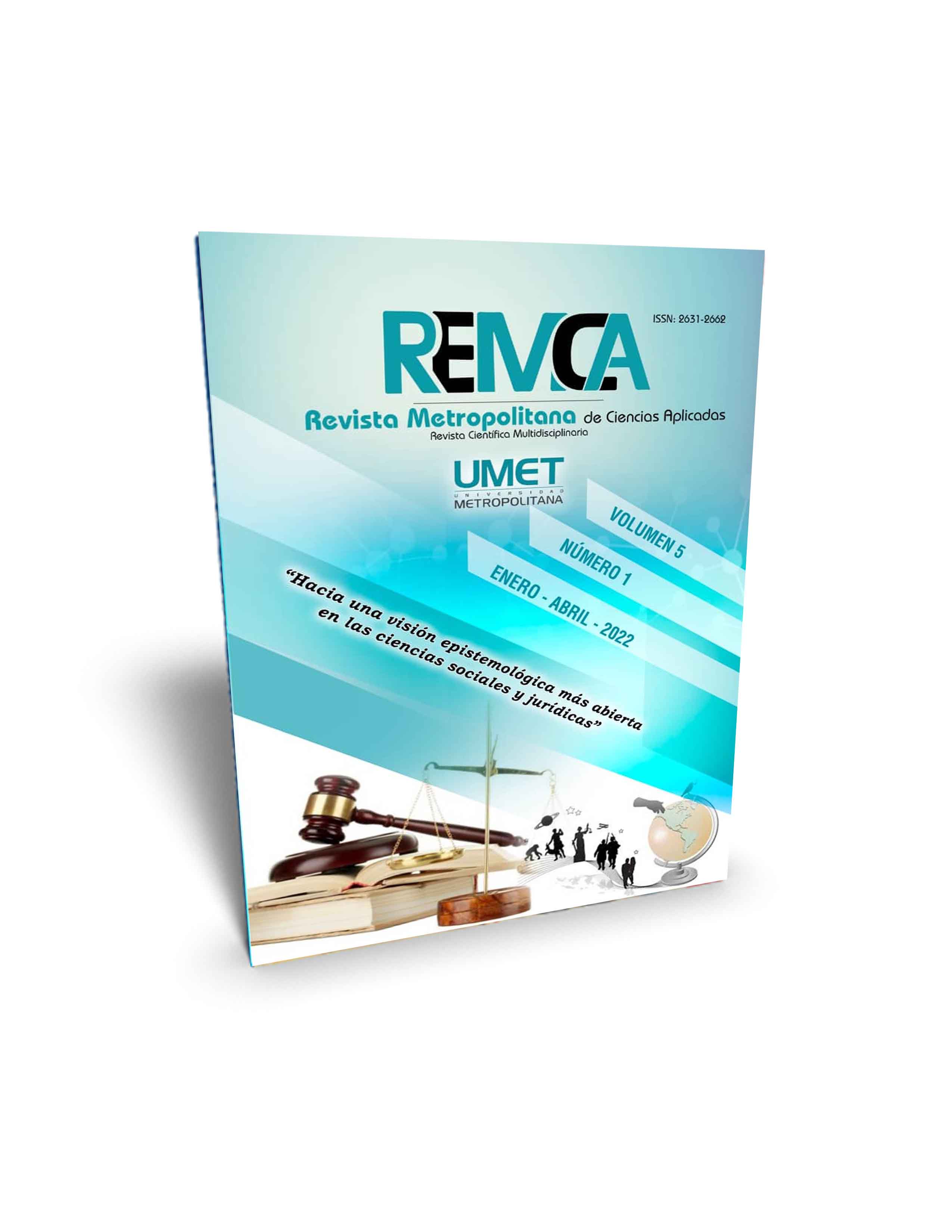Comprehensive reparation for crimes of gender violence in indigenous justice
DOI:
https://doi.org/10.62452/xjd51m72Keywords:
Violated rights, indigenous justice, comprehensive reparation, gender violence, victims of violenceAbstract
This research work focused on the comprehensive reparation of crimes of gender violence in the indigenous justice of Ecuador, with the aim of demonstrating the existence of comprehensive reparation for victims of gender violence within the indigenous jurisdiction. During the research process, the historical bibliographic review of different authors was considered to know the guarantee of compliance with comprehensive reparation. In this research, the inductive research method was used, which made it possible to carry out a documentary analysis and thus explain the relationship between the study variables. It was identified that 67.8% of the indigenous population has suffered some type of violence and that is why indigenous justice arises to guarantee the values and principles of human beings who live under these regulations. The Constitution of the Republic of Ecuador recognizes the right of victims of criminal offenses to comprehensive reparation as stipulated in Article 78. It is important to recognize indigenous reparation for victims of gender violence and ensure compliance with their duties and rights. The investigation concludes with a result that indicates that comprehensive reparation within indigenous justice is applied through the remediation of damages caused, mediation, or forgiveness.
Downloads
References
Baquero Zapata, P. E., Lara Román, P. A., & Sánchez López, N. E. (2021). Impacto de las pericias psicológicas en la reparación integral de mujeres víctimas de violencia de género. (Tesis de maestría). Universidad Internacional SEK.
Benavides Benalcázar, M. M. (2019). La reparación integral de la víctima en el proceso penal. Revista Universidad y Sociedad, 11(5), 410-420.
De Sousa Santos, B., & Grijalva Jiménez, A. (2012). Justicia indígena, plurinacionalidad e interculturalidad en Ecuador. Abya Yala.
Ecuador. Asamblea Nacional Constituyente. (2008). Constitución de la República del Ecuador. Registro Oficial 449. https://www.ambiente.gob.ec/wp-content/uploads/downloads/2018/09/Constitucion-de-la-Republica-del-Ecuador.pdf
Ecuador. Asamblea Nacional. (2014). Código Órganico Integral Penal. Registro Oficial Suplemento 180. https://tbinternet.ohchr.org/Treaties/CEDAW/Shared%20Documents/ECU/INT_CEDAW_ARL_ECU_18950_S.pdf
Ecuador. Asamblea Nacional. (2018). Ley Órganica Integral para Prevenir y Erradicar la Violencia contra las Mujeres. Registro Oficial Suplemento 175. https://www.igualdad.gob.ec/wpcontent/uploads/downloads/2018/05/ley_prevenir_y_erradicar_violencia_mujeres.pdf
Ecuador. Instituto Nacional de Estadística y Censos. (2012). Ecuador en Cifras. INEC. https://www.ecuadorencifras.gob.ec/documentos/web-inec/Estadisticas_Sociales/sitio_violencia/cronica.pdf
Machado, M. I., & Parra, M. J. (2011). Violencia de Género. Silogismo. Más que conceptos, 1(8)
Neira Campoverde, A. V. (2016). La violencia a la mujer dentro del vínculo familiar, en nuestra sociedad. (Trabajo de titulación). Universidad de Cuenca.
Organización de Estados Americanos. (1969). Convención Americana de los Derechos Humanos. OEA. https://www.corteidh.or.cr/tablas/17229a.pdf.
Organización de las Naciones Unidas. (1948). Declaración Universal de los Derechos humanos. ONU. https://www.un.org/es/documents/udhr/UDHR_booklet_SP_web.pdf
Organización de las Naciones Unidas. 1988). Conferencia de las Naciones Unidas para la Aprobación de una Convención contra el Tráfico Ilícito de Estupefacientes y Sustancias Sicotrópicas. ONU. https://www.incb.org/documents/PRECURSORS/1988_CONVENTION/1988Convention_S.pdf
Reyes Burgos, J. (2019). Violencia de género contra la mujer en el Ecuador y su reparación integral por parte del estado. (Tesis de maestría). Universidad Católica de Santiago de Guayaquil.
Downloads
Published
Issue
Section
License
Copyright (c) 2022 Lucy M. Ordoñez Salazar, Martha A. Morales Navarrete (Autor/a)

This work is licensed under a Creative Commons Attribution-NonCommercial-ShareAlike 4.0 International License.
Authors who publish in Revista Metropolitana de Ciencias Aplicadas (REMCA), agree to the following terms:
1. Copyright
Authors retain unrestricted copyright to their work. Authors grant the journal the right of first publication. To this end, they assign the journal non-exclusive exploitation rights (reproduction, distribution, public communication, and transformation). Authors may enter into additional agreements for the non-exclusive distribution of the version of the work published in the journal, provided that acknowledgment of its initial publication in this journal is given.
© The authors.
2. License
The articles are published in the journal under the Creative Commons Attribution-NonCommercial-ShareAlike 4.0 International License (CC BY-NC-SA 4.0). The terms can be found at: https://creativecommons.org/licenses/by-nc-sa/4.0/deed.en
This license allows:
- Sharing: Copying and redistributing the material in any medium or format.
- Adapting: Remixing, transforming, and building upon the material.
Under the following terms:
- Attribution: You must give appropriate credit, provide a link to the license, and indicate if any changes were made. You may do this in any reasonable manner, but not in any way that suggests the licensor endorses or sponsors your use.
- NonCommercial: You may not use the material for commercial purposes.
- ShareAlike: If you remix, transform, or build upon the material, you must distribute your creation under the same license as the original work.
There are no additional restrictions. You may not apply legal terms or technological measures that legally restrict others from doing anything the license permits.




